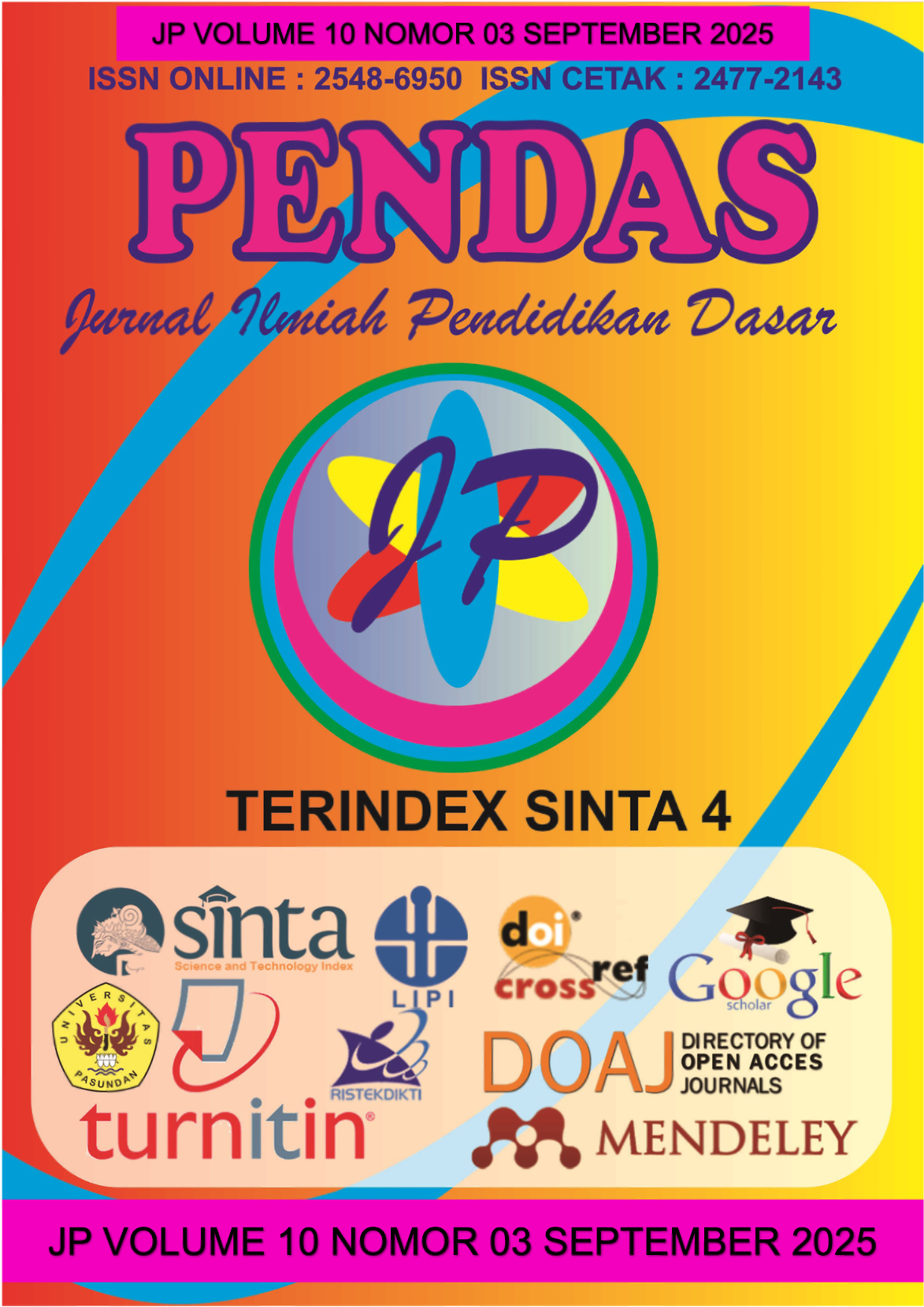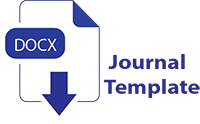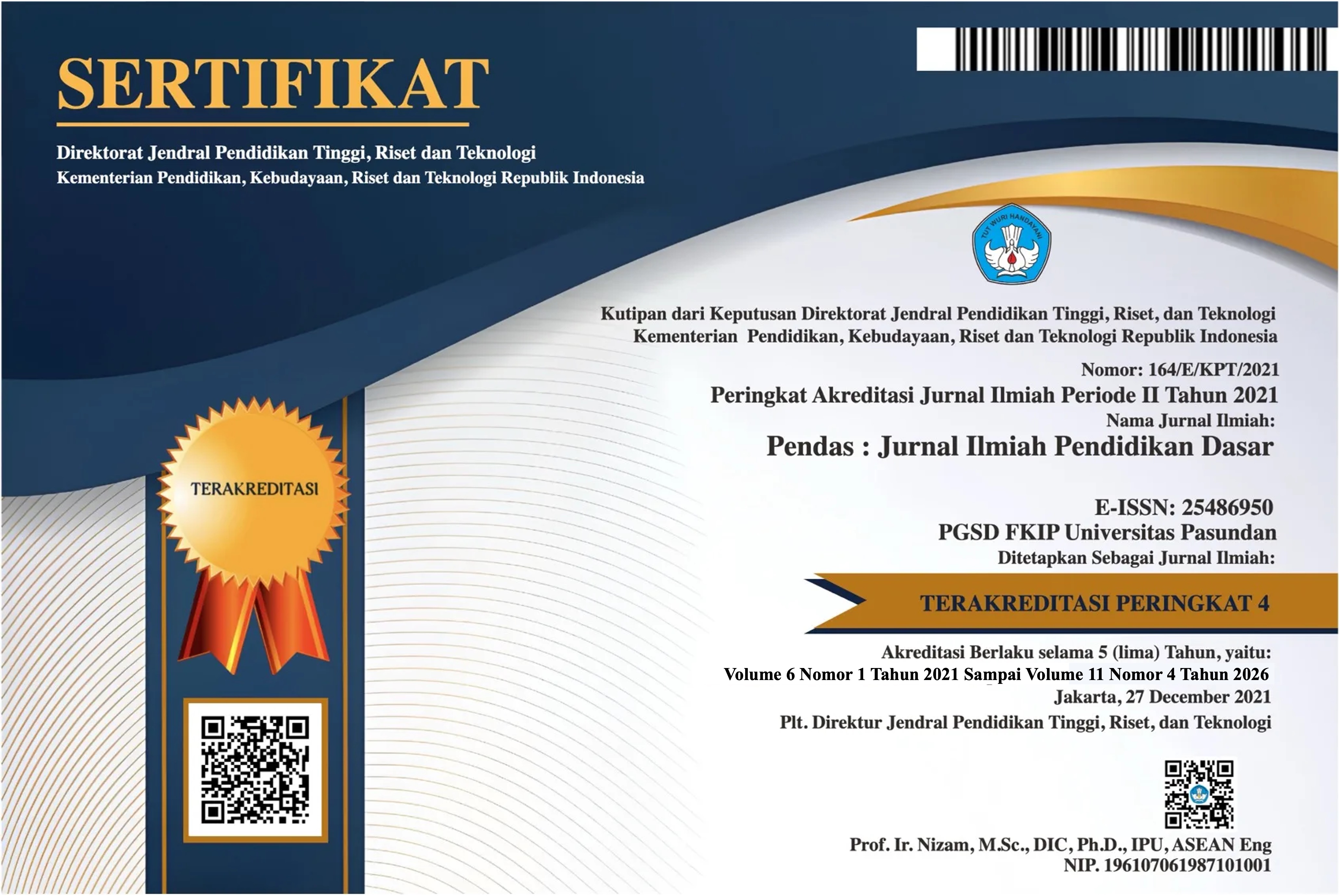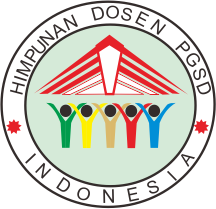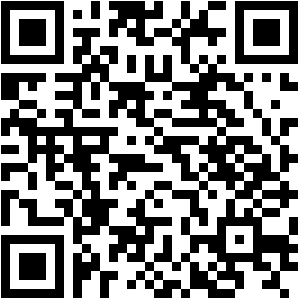PENGARUH MODEL PROBLEM BASED LEARNING BERBANTUAN CANVA TERHADAP KEMAMPUAN BERPIKIR KRITIS DAN LITERASI DIGITAL SISWA KELAS X PADA MATA PELAJARAN BIOLOGI DI SMA NEGERI 1 TANJUNG BINTANG
DOI:
https://doi.org/10.23969/jp.v10i03.33663Keywords:
Problem Based Learning, Critical Thingking, Digital LiteracyAbstract
Critical thinking skills and digital literacy are essential competencies for students to
face the challenges of the 21st century. These skills enable learners to analyze
information effectively, solve complex problems, and use technology responsibly in
various contexts. However, in many classrooms, these competencies are often
underdeveloped due to the predominance of conventional, teacher-centered
learning methods that do not actively engage students in problem-solving or
technology integration. This study aims to analyze the effect of the Problem Based
Learning (PBL) model assisted by Canva on the critical thinking skills and digital
literacy of tenth-grade students in Biology at SMA Negeri 1 Tanjung Bintang. The
research employed a quantitative approach with a quasi-experimental design,
specifically a pretest-posttest control group design, to compare the performance of
students in two learning conditions. The population consisted of 359 students, with
a sample of 36 students in class X.1 as the experimental group using PBL assisted
by Canva, and 36 students in class X.2 as the control group using the Discovery
Learning model. Instruments included an essay-based critical thinking skills test and
a digital literacy questionnaire developed based on established indicators. Both
instruments underwent validity and reliability testing prior to use. Data were
analyzed using the Independent T-test with SPSS version 25 after testing for
normality and homogeneity. The results showed a significant effect of the PBL
model assisted by Canva on both critical thinking skills and digital literacy, indicated
by significance values of less than 0.05 for both variables. Therefore, the PBL model
assisted by Canva is proven effective in enhancing students’ higher-order thinking
and digital competencies, making it a recommended approach for Biology learning
and potentially for other science subjects in secondary education.
Keywords: Problem Based Learning, Critical Thingking, Digital Literacy
Downloads
References
Ennis, R. H. (2011). The nature of
critical thinking: An outline of critical
thinking dispositions and abilities.
University of Illinois.
Gilster, P. (1997). Digital literacy. New
York: Wiley Computer Publishing.
Pasaribu, D. M., Sari, D. P., &
Riswanto, R. (2022). Penerapan
TPACK dalam pembelajaran berbasis
Canva untuk meningkatkan literasi
digital siswa. Jurnal Pendidikan dan
Teknologi, 4(2), 115–125.
Rachmawati, Y., & Rosy, B. (2020).
Implementasi problem based learning
untuk meningkatkan keterampilan
berpikir kritis siswa. Jurnal Pendidikan
Inovatif, 10(1), 45–54.
Sugiyono. (2019). Metode penelitian
kuantitatif,
kualitatif,
Bandung: Alfabeta.
dan R&D.
Trianto. (2015). Model pembelajaran
terpadu:
Konsep,
implementasinya
Jakarta: Bumi Aksara.
strategi,
dalam
dan
KTSP.
Downloads
Published
Issue
Section
License
Copyright (c) 2025 Pendas : Jurnal Ilmiah Pendidikan Dasar

This work is licensed under a Creative Commons Attribution 4.0 International License.

